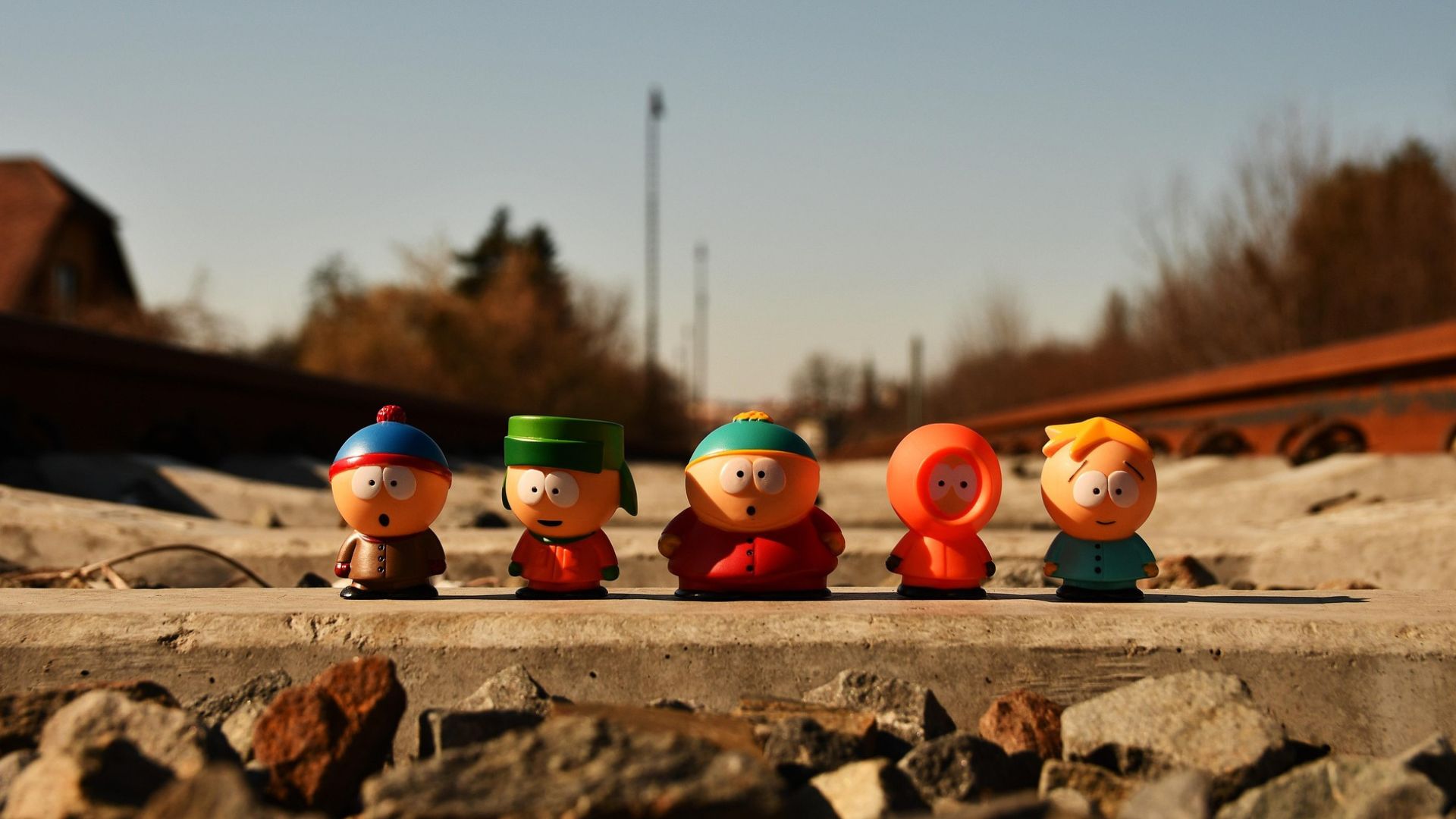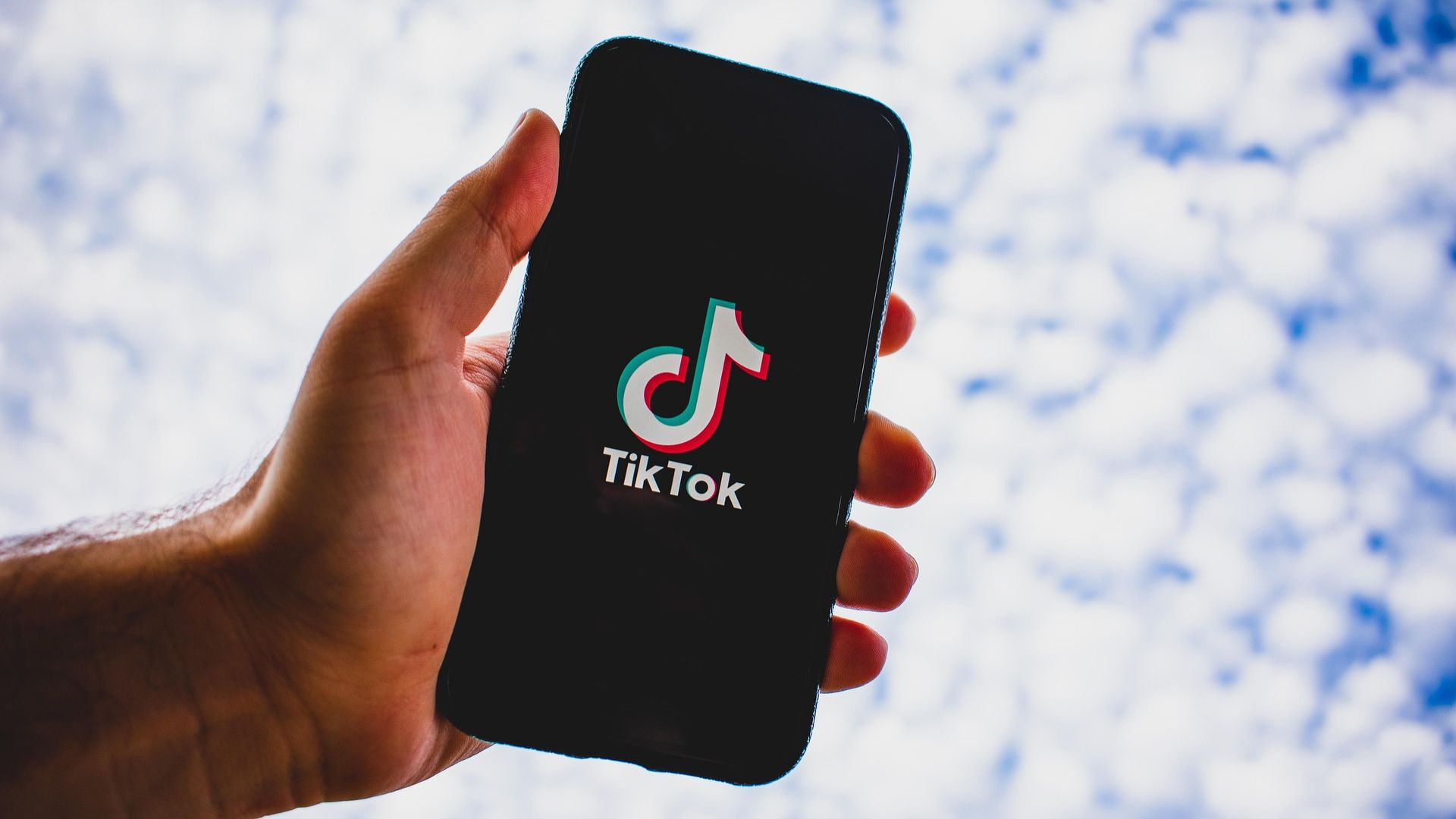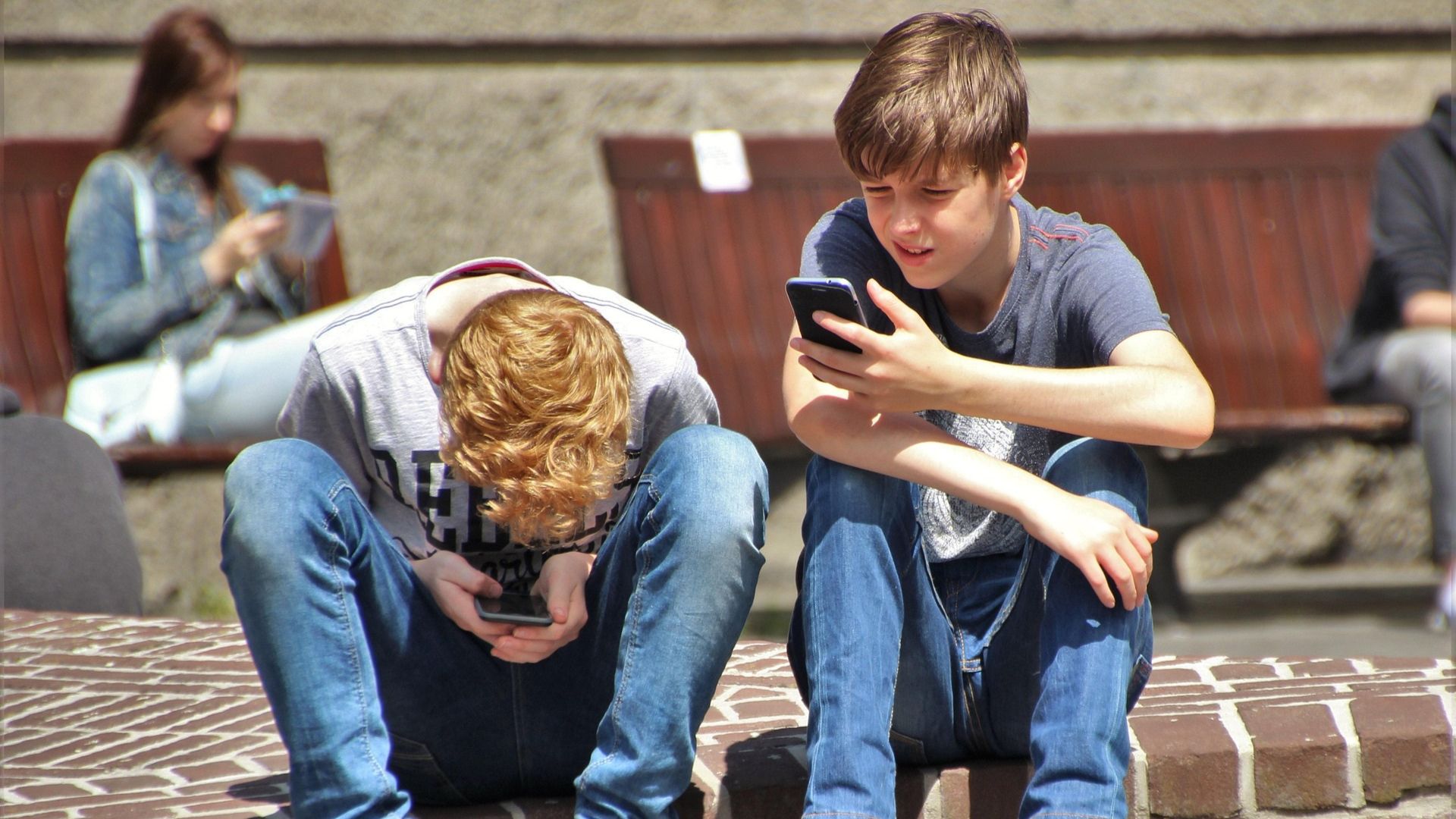
In a year when digital culture seems to invent a new inside joke every week, few phenomena have captured collective attention like the mysterious “six, seven” craze. Emerging from TikTok and spreading quickly through classrooms, memes, and even television, this strange combination of numbers has become a symbol of how modern internet culture thrives on absurdity, irony, and shared emotion rather than meaning.
A Meme That Became a Mood

Dictionary.com named “67” its word of the year, recognizing how this two-digit phrase captures 2025’s chaotic online spirit. The choice wasn’t about the number’s literal definition, it doesn’t have one, but about what it represents: the joy of joining a collective joke that no one fully understands. As Dictionary Media Group’s director of lexicography, Steve Johnson, explained, “When people say it, they’re not just repeating a meme, they’re shouting a feeling.”
The Numbers That Took Over TikTok

On TikTok, the “six, seven” trend exploded with astonishing speed. More than two million posts have used the hashtag #67, showing kids yelling, whispering, or dancing to the phrase. The simple repetition of the numbers turned them into a kind of social password, instantly recognizable yet strangely hollow, proving that virality often depends more on rhythm and timing than meaning.
From Classrooms to Chaos

The meme’s reach didn’t stop online. As schools reopened in September, teachers found themselves either battling or embracing the “six, seven” craze. Some educators used it to grab attention, turning the phrase into a classroom chant. Others banned it after endless disruptions. TikTok’s algorithm magnified these reactions, making the teachers’ frustration part of the larger joke.
The Song That Started It All

Behind the trend lies rapper Skrilla’s 2024 track “Doot Doot,” where he casually raps, “6-7, I just bipped right on the highway.” The phrase caught on not for its message but for its sound, catchy, quick, and meaningless enough to fit anywhere. Skrilla himself admitted he never intended any deeper significance, suggesting its emptiness is what makes it so adaptable and alive.
When Absurdity Becomes Art

Critics have linked the “six, seven” phenomenon to the rise of internet “brain rot,” a term used for low-value digital content that thrives on nonsense. Yet, in its very absurdity, the meme mirrors how online communication has evolved. Humor and identity now live in the shared experience of absurd jokes that mean little individually but a lot collectively.
South Park’s Take on the Phenomenon

Even television couldn’t resist joining the conversation. In a recent episode, “South Park” parodied the craze by depicting students trapped in a cult-like obsession with the numbers six and seven. Teachers, convinced it was tied to “Satanic numerology,” called on an “end-of-days expert” modeled after billionaire Peter Thiel. The episode humorously highlighted adults’ attempts to interpret the unexplainable logic of internet culture.
Educators Join the Trend Reluctantly

Teachers’ reactions have become part of the meme’s second life. One viral TikTok shows a precalculus teacher shouting “six, seven” at his students, mocking their obsession, a clip viewed millions of times. Another teacher turned the chaos into order, using “six” as a call and “seven” as a response to calm her class. Some even pranked their students with math tests where every answer was 67.
The Power of Playful Meaninglessness

What makes “six, seven” magnetic is precisely its lack of purpose. In a world overflowing with information and constant messaging, the phrase feels refreshingly empty. It’s a moment of collective humor without intent, a break from the demand to make sense of everything. Its appeal lies in being meaningless, and yet it brings people together through that very emptiness.
How a Basketball Player Fueled the Fire

NBA player LaMelo Ball, who stands six foot seven, became an unexpected symbol of the trend. TikTok edits of his highlights set to Skrilla’s song spread widely, and Ball himself joked that “six, seven” had become his new nickname. Other viral clips—from a kid yelling the numbers courtside to an In-N-Out worker calling out order 67—only strengthened the meme’s staying power.
A Mirror of Digital Life

Ultimately, the “six, seven” meme reflects the rhythm of the internet: fast, funny, and fleeting. It shows how shared absurdity can unite people across platforms and generations. For something that means nothing, it reveals a lot about today’s digital world, where humor, identity, and community often emerge not from meaning, but from the joy of being in on the same joke.